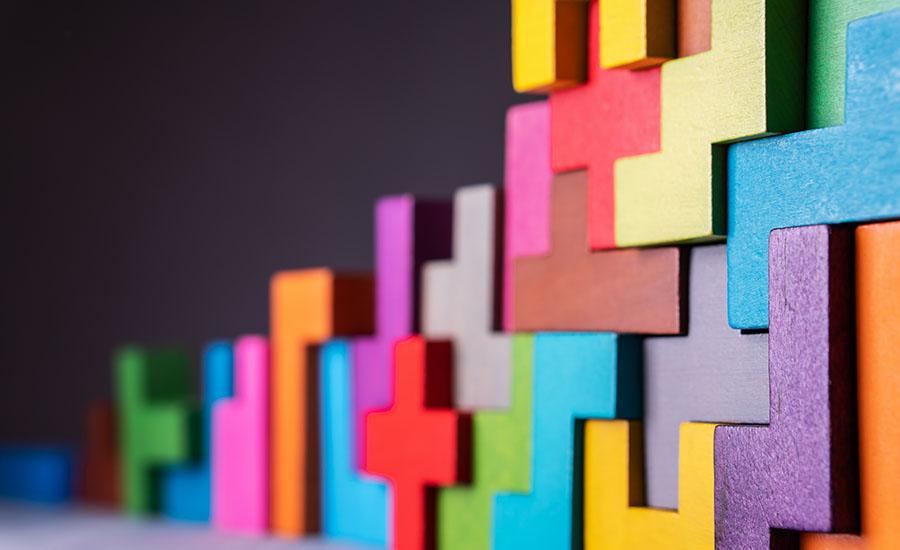
Creating Sustainable Solutions With Bioplastics Part 2
by Scott Milne
This lesson is a follow-up to the lesson titled "Creating Sustainable Solutions with Bioplastics Part 1". In this lesson, students evaluate different ingredients for bioplastics and create a minimum viable product by experimenting with different bioplastic recipes. Students will identify a plastic product that could be replaced using bioplastics once they identify the characteristics of different recipes and then students work in groups to design a bioplastic equivalent of that product. This lesson takes multiple days to facilitate the experimentation with and testing of different ingredients and ends with students presenting their product to the class and evaluating the pros and cons and their recipe and design.
Lesson Plan Link/URL
https://docs.google.com/presentation/d/19keuSGU0tOAGoJBk8FhrAE5YCksxUfFnmoaPx0e…Subject Area
Science Physical Science P1: Matter Technology 4. Innovative Designer Engineering S1: Engineering & Global Society S4: Apply Science to Engineering S6: Apply Communications to Engineering Mathematics Measurement and Data (MD) English Language Arts (ELA) Writing Speaking & Listening
Featured
Off
Related Content

Grades:
6th Grade, 7th Grade, 8th Grade, 9th Grade, 10th Grade, 11th Grade, 12th Grade
This lesson is designed to encourage students to explore their interests and pursue their passions while diving into the world of STEM. This lesson takes place in a classroom for one semester. 1 hour

Grades:
7th Grade, 8th Grade, 9th Grade, 10th Grade, 11th Grade, 12th Grade
Students will apply principles of design, engineering, and mathematics to create a physical or digital labyrinth inspired by the myth of Theseus. This project integrates STEM concepts with literature

Grades:
8th Grade, 9th Grade, 10th Grade, 11th Grade, 12th Grade
More VR integration in the classroom, oh my! This is the second lesson of a two-day exploration of chain reactions. On day one, students received a general overview of chain reactions, Rube Goldberg